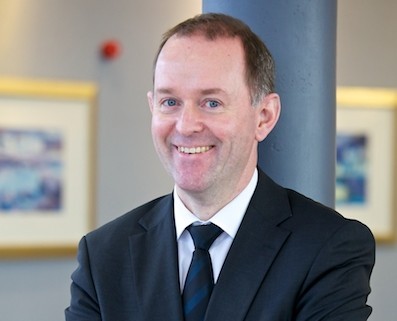Kenny Anderson, managing director of Aberdeen-based Anderson Construction and a member of the pro-independence group Business for Scotland.
Alternatively read: A year on from the Referendum: Why ‘No’ was the right choice
A year on from the referendum the north-east of Scotland is seeing a downturn in oil and gas activity due to the drop in oil price.
Some people who voted No last year say it is fortunate we are not independent but the reality is that control of all the economic levers would leave Scotland better equipped to weather the ups and downs of cyclical change in all industries.
Oil and gas over the last few years has accounted for between 15% and 18% of the Scottish economy and part of that has been the export of expertise and developed technology.
The challenge for Scotland remains to grow and diversify our economy and strengthen industries like oil and gas but also our hugely successful whisky industry, the Scottish food industry, engineering, tourism, our universities, finance and medical sciences as well as encouraging new industries in IT, entertainment, renewable energy including tidal and wave power
All good, you may say, yet we still suffer from short-sighted decisions being taken from Westminster that stifle and damage our opportunities.
Decades of inaction on infrastructure, numerous tax grabs in the oil and gas sector with UK energy ministers being changed on average every six months. No strategic approach as now proposed by Sir Ian Wood. All the economic levers of power are needed in Scotland to nurture, sustain and develop our industrial and commercial potential.
When you see the delivery of infrastructure projects like the AWPR, the new Forth crossing, the Borders Railway and the recent start on the dualling of the A9, all done within the limited current powers of the Scottish Government, it’s not hard to see what could and should be done if Scotland controlled all revenue generation and expenditure.
Sadly we are currently seeing more policies emerging from the current UK Government that damage society as well as undermine and hurt the vulnerable and poor.
Austerity imposed by Westminster politicians only appears to affect the poorest members of our communities something the majority of voters in Scotland abhor and rejected at the May general election.
One of the reasons Yes did not prevail a year ago was the electorate were told we were better together and a Vow was made that lead to the Smith Commission along with a promise of home rule and the nearest thing to federalism that could be achieved.
That vow and those promises are in tatters with even seasoned No campaigners and civil servants saying the Scotland Bill does not meet the requirements of the Smith Commission.
Looming on the political horizon is a vote on the UK’s membership of the EU with opinion polls indicating a UK majority for leaving but a Scottish majority for staying. With all its faults it would be an act of utter folly to leave the EU.
On so many issues the opinions the majority of the people living in Scotland have appear to be ignored by Westminster and it is hard to imagine a change in the UK Government in the next five to 10 years.
A year on I still believe it is the people who live in Scotland who should decide how Scotland is shaped and that can only happen with independence.

